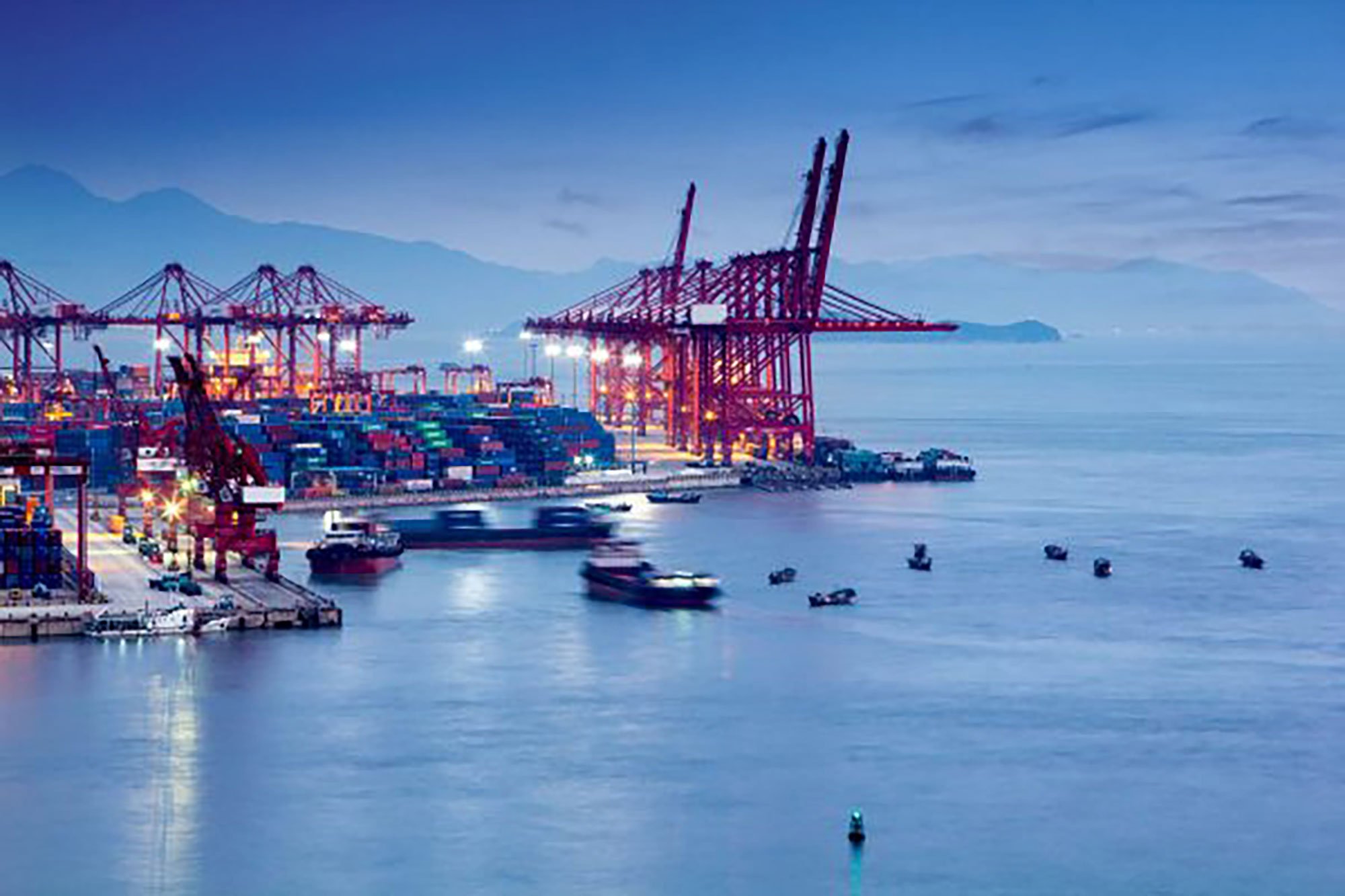Without the right knowledge, equipment and safety measures in place, the seas are a dangerous place to be.
Finding and safely navigating a narrow channel in a vast expanse of water has always been a challenge for mariners. Unlike our roads, waterways do not have signs that tell us our location, distance to a destination or alert us to any dangers.
Instead, maritime authorities have marked safe lines of passage using marine aids to navigation — such as buoys, beacons and marks — for hundreds of years. Navigational aids are any marker that helps mariners determine their position with respect to land or which guides them safely around newly discovered hazards or hidden danger to navigable water.
As well as supporting commerce, these buoys were intended to improve safety at sea and to help ship officers find and safely navigate through a preferred channel. Since then, navigational buoys have developed considerably. In the modern day, these marks now also help to protect the environment, as well as improve safety and support commerce.
Understanding what navigational marks mean
Providing suitable navigation buoys is no easy task. The structures need to be reliable even in the harshest environments and internationally recognisable.
All navigational buoys and lights around the world come under the jurisdiction of the International Association of Lighthouse Authorities (IALA). IALA is responsible for ensuring navigation aids are recognised globally and reliable in all conditions.
A good understanding of buoyage is essential when heading out to sea to ensure mariners can navigate channels to safe water. Until 1980, there were a staggering 30 systems of buoyage in use around the world. Nowadays, there are just two systems in place — although some would argue that even that is one system too many.
In the British Isles, we use IALA System A, whereby port is shown by the colour red, and starboard is indicated by green. This system also covers Europe, Africa, Asia, the Middle East, Australia and New Zealand.
IALA System B then works the opposite way, with port shown by the colour green and starboard by red. This system covers North, Central and South America as well as Japan, Korea and the Philippines.
Even if you’re a seasoned mariner, it can be easy to forget how each system works and what all the marks mean — particularly if you’re used to using System A but then venture into a region using System B.
As such, it is well worth brushing up on the IALA Maritime Buoyage System guidelines, which provide a detailed overview of aids to navigation and the different types of navigation marks. These include lateral marks, safe water marks, isolated danger marks, new danger marks, special marks and cardinal marks.
What does the future hold for aids to navigation?
Traditionally, navigational aids have been physical aids such as buoys, beacons and lighthouses. Over time, the appearance and performance of these physical aids have changed. Nowadays, LED lights are helping to reduce power consumption and improve visibility while solar panels are being used to power buoys.
Navigation buoys are also increasingly being fitted with sensors which can detect and transmit the flow rate of water and wind — enabling navigators to predict accurate set and drift. Linked with a radio signal or GPS timing, buoys and channel markers can even flash together in sequence, improving the identification of a channel by creating a runway effect.
Virtual aids to navigation are now under development, too. These aids can be associated with physical navigation buoys or used in isolation to mark temporary channels. For example, they can be deployed rapidly to mark wrecks. However, not all onboard navigation systems are capable of displaying virtual aids to navigation currently.
To make sure you get the right navigational buoy for your requirements, it’s crucial to consider all the factors that will affect the visibility and stability of the mark including depth of water, sea conditions and current, lighting, shape, top marks and focal plane.
Hydrosphere is one of the leading suppliers of navigation buoys and markers in the UK. Contact us today on +44 (0)1420 520374 or email sales@hydrosphere.co.uk to discuss your requirements.








